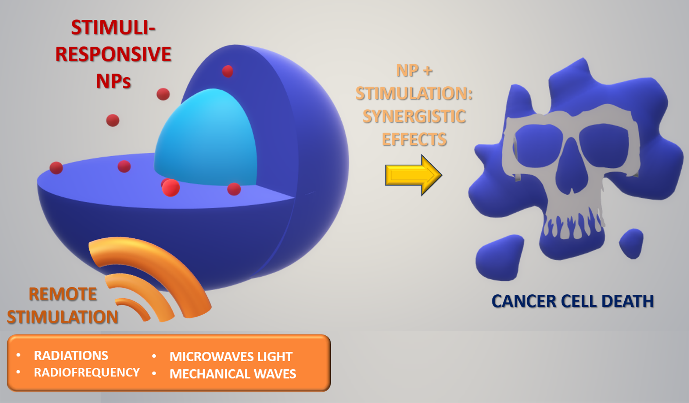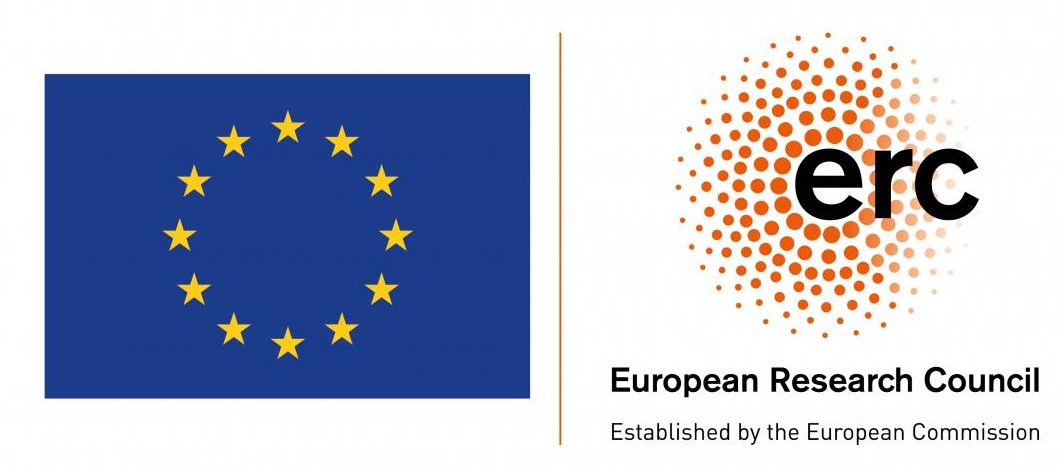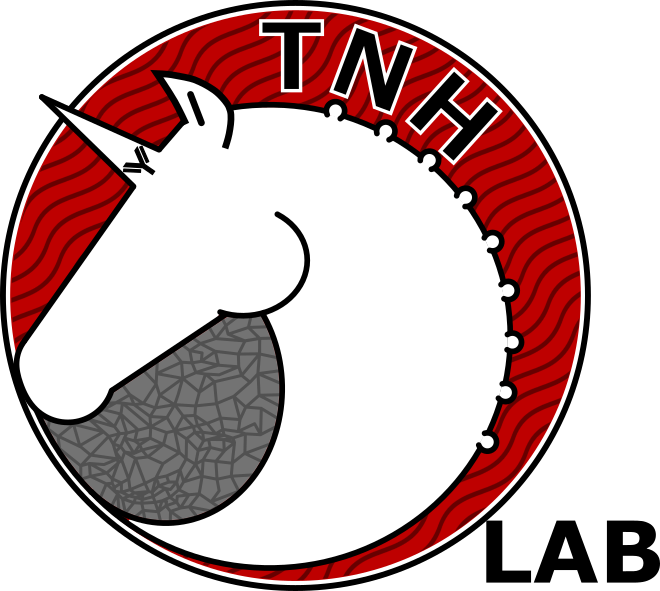TrojaNanoHorse: Hybrid immune-eluding nanocrystals as smart and active theranostic weapons against cancer
Cancer, together with circulatory diseases, is one of the primary causes of mortality worldwide and its incidence is expected to rise by about 70% over the next 2 decades. There is a continuous development of new smart and nanosized materials as therapeutic and diagnostic platforms or even theranostic ones. However a huge disproportion between these nanotherapeutic treatments with respect to the conventional ones proposed to patients is present. Indeed the various nanomaterials for theranostic applications developed so far show several smart characteristics (controlled drug delivery, cancer cell targeting ability and biocompatibility), but still their immunogenicity, stability in biological media and off-target delivery – in case of drug-delivery systems – show important challenges. Similarly, little is known to the final destiny of the nanomaterials at the end of their functions in the human body. All these key challenges make the already-developed nanosized systems still incomplete for theranostics in nanomedicine.

The ERC Starting Grant project TrojaNanoHorse (TNH) aimed to cover the gap between the present nanomedicine tools and the clinical requirements, and strived to develop a non-immunogenic hybrid nanosystem. The ERC project was divided in three objectives aiming to: (1) construct the TNH and proof the therapeutic capability and targeting action; (2) test the biodegradation and safety of the nanoconstruct; (3) proof the bio-imaging and diagnostic capabilities in a multimodal way, thus rendering the whole TNH a complete theranostic tool. As a result, the developed TNH nanosystem is equipped by a therapeutically active nanocrystalline core with multifunctional features, such as bio-imaging capabilities and stimuli responsive action for therapy, as well as a biodegradation and safe-by-design behaviour to be not harmful per se for the biological system.
The TNH is programmed to kill the tumor cells without the use of potentially toxic drugs, i.e. chemotherapeutics. Furthermore, the TNH have a biomimetic lipid bilayer shell autologously derived from the patients, thus rendering the whole nanoconstruct fully biomimetic, haemocompatible (thus injectable) and naturally non-immunogenic. The TNH is then completed by targeting ligands in order to be safely and precisely directed to the cell objective.
The main focus of the project is anticancer therapy, in particular against leukaemia, having of course a fundamental impact in the fight against this tremendous disease. The high flexibility of the TNH concept with its hybrid core-shell nanostructure can be successfully applied to other nanomaterials of suitable nanodimensions and to solid tumors (upon development of efficient targeting), but also to cardiovascular diseases, kidney infections, gastrointestinal illnesses, wound therapy or even extended to animal care and other domains, as for example antibacterial treatments.

In a Nanomaterial or Nanotechnology era, as we are now, it is still difficult to recognize and standardize the risks associated to the exposure of living systems to nano-objects. Therefore, the safety and biodegradation assessments performed during this project will contribute in defining standardized nanotoxicology essays, new protocols and guidelines which at present are lacking, leading to a strong input on the regulatory aspects and standards of next-generation nanomedicine therapeutics.
The new methods and design of the instrument set up developed under this project were patented so they can be transferable to industry or generate spin-offs for the systematic use of therapeutically stimuli-responsive nanoparticles and diagnostics for clinical cancer therapy. In particular, the project have proposed also the use of already commercially-available instruments in clinical practice for the stimuli application to this novel TNH nanoconstruct, thus establishing new applications of these machines against cancer and speeding up the research in this field.
Concerning the impact of the TrojaNanoHorse project in science, we expect to open new horizons in the nanomedicine field with strong inter- and multi-disciplinary developments.
The following groundbreaking results were achieved within the project:
- A novel synthesis for nanocrystals
- The successful construction of core-shell hybrid TNH
- The anchoring of targeting ligands to the TNH in a novel and unprecedent way
- A novel, unconventional and safe methodology of nanocrystals therapeutic activation using commercially-available and lab-made equipment
- The safe-by-design properties of the TNH per se, i.e. without the activation stimulus
- The establishment of protocols for the safety assessment of nanosized materials in biological media
- The bioimaging multimodal capabilities of the TNH for the direct visualization of treated cancer cells
- All in all, the construction and application of a novel theranostic biomimetic nanodevice, never reported previously.

This project has received funding from the European Research Council as an ERC Starting Grant 2015 under grant agreement No 678151
